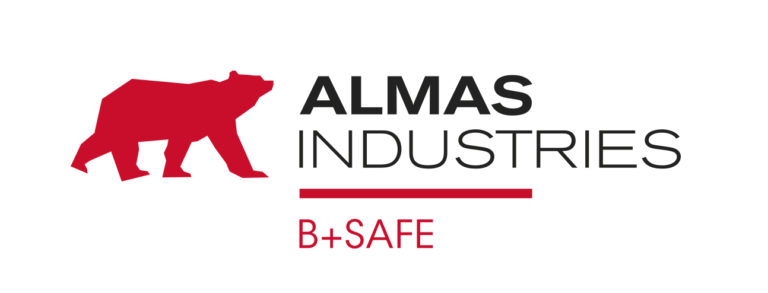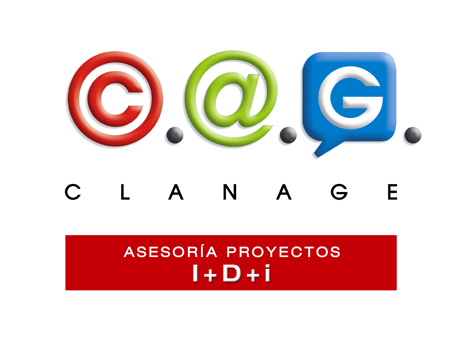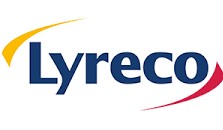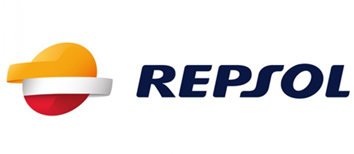Raúl Muñiz, president of Interovic, emphasized in an interview with EFE that the future of the Spanish sheep and goat sector is closely linked to internationalization, especially to countries where lamb consumption is linked to religious factors, such as those in North Africa.
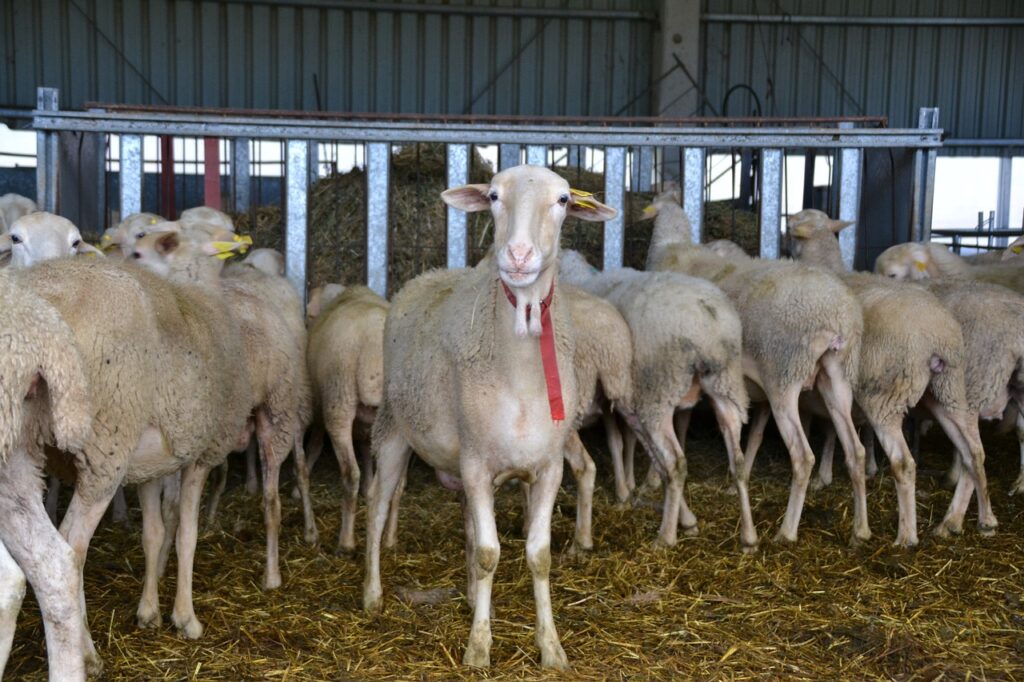
While household lamb consumption in Spain continues to fall (-7.7% year-on-year), it is increasing in these countries due to population and economic growth. “In our country, lamb has gone from being a common meat to a celebratory product,” Muñiz stated in this interview.
2024 was a good year for farms, with prices recovering due to lower inputs, good weather, and a smaller livestock population (half a million fewer sheep), which reduced supply. This context, coupled with increased international demand, contributed to a 12.3% annual rebound in the CPI for lamb in February.
From his European role at Copa-Cogeca, Muñiz calls for a community agricultural policy more closely connected to the reality of the countryside and denounces regulations that negatively affect the sector, such as the proposal on animal welfare in transport.
On the commercial front, the sector is closely monitoring the EU-Mercosur agreement, while exploring opportunities in markets such as Brazil and in segments with PDOs and PGIs. He also calls for the application of mirror clauses to ensure fair competition with imported products.
Regarding animal health, Muñiz considers the change in the strategy for bluetongue disease to be a good move, which now makes vaccination voluntary, without compromising the sector’s competitiveness in foreign markets.
Finally, the president of Interovic hails the recent rains as excellent news for extensive livestock farming: they have recharged aquifers and will allow for better pasture development this spring.
You might also be interested in
- Raúl Muñiz renueva su cargo en Copa-Cogeca y reafirma el papel clave de España en el ovino europeo
- Entrevista a Raúl Muñiz, presidente del grupo de Trabajo de Ovino y Caprino de Copa Cogeca
- El ovino y caprino español conquista nuevos mercados por su alta calidad: Dos de cada cinco corderos se exportan

